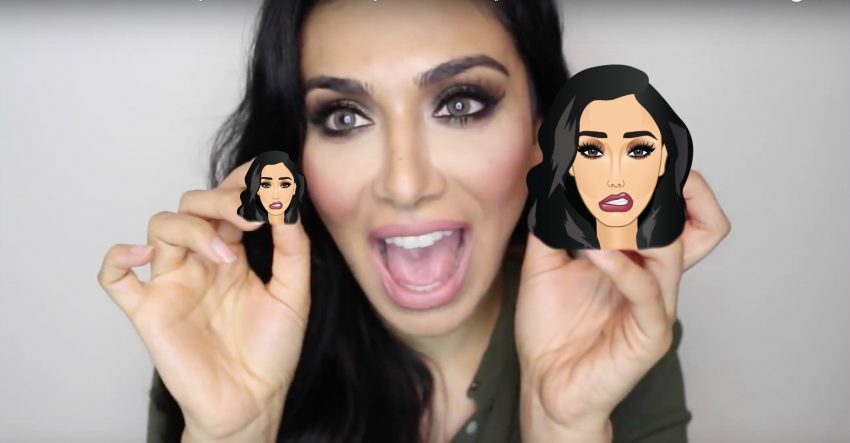How Your FAV Beauty Tool Might Be Ruining Your Skin

Whether you’re obsessed with makeup and beauty or not, one thing we all share in common is the deep desire to make our products last as long as possible. After all, we spent good money, and we want to preserve our purchases for as long as possible. Usually, they run out, and we know their time has come, but what about when they don’t? Beautyblenders are a prime example. Though it might look perfectly harmless, chances are it’s actually harboring a ton of bacteria that could be causing breakouts.
In case you didn’t know, you’re meant to use your beautyblender damp – this ensures a feather-light bouncing application method, a streak-free finish, and a lot more product on your face than stuck in your blender. However, this crafty technique also makes our beautyblenders a major germ magnet, and if stored in the wrong conditions, they can even grow mold – ewwww! When the damp sponge comes into contact with our skin and makeup products, they can pick up all kinds of bacteria… not exactly something you want to apply on your face every day. But before you panic, there are plenty of ways to ensure your makeup sponge lasts as long as possible in a sanitary condition, and by as long as possible, we mean about three months. It’s the sad truth, but if you’re using your blender almost every day, it’s better to be safe than face a major breakout.

Here are three lessons for keeping your makeup sponge on top blending form:
Get it wet carefully: Your beauty blender is meant to be damp, but you have to be gentle with it. Soak it, and with one hand, gently squeeze out the moisture, don’t wring or pull it; you’ll break it, and then it’s ruined!
Wash it regularly: You can easily squeeze an extra month out of your beautyblender if you wash it properly and frequently. Baby shampoo is a great, cheap alternative to brush cleansers, and it’s perfect for makeup sponges. If the thought of that makes you feel it’s too much hassle, your regular bar of soap will do the trick. Wet your blender, cover it in soap, roll it gently between your hands (like you’re making meatballs), and rinse and repeat until the water runs clean. You should do this after every use (or before); your sponge really needs it.
Store it open: After washing or using your sponge, leave it out so that it can air and dry thoroughly. Keeping it in an airtight bag, drawer, or container will keep it moist for longer, making it even more susceptible to building up bacteria.
Not All Sponges Are Made Even
The beautyblender was revolutionary, and it’s probably one of the best sponges on the market: from the shape and texture to the density and size, it out-performed all other sponges. But today, there are some real strong contenders on the makeup sponge market, and they don’t all cost $20 – because let’s be honest, when we spend that much on a tool, it can be painful to say goodbye. Especially when, if you’ve taken care of it properly, it may look as if it’s still in its prime.
I’ve found that the Real Techniques Miracle Complexion Sponges (created by blogger duo Pixiwoo) make a great dupe for a beautyblender, and you can buy two for $11. Walgreens has a ton of other drugstore brands with super similar options for less than $10. I suggest steering clear of those white foam wedges that appeared in the 90s; the density and material are nothing like the beautyblenders we’ve come to love, and not a good option for blending your foundation, although they can be used as an effective tool for baking.
Experiment, find a makeup sponge you love, look after it, and then after a few months, throw it (because it will do more harm than good), and repeat!























Leave a comment